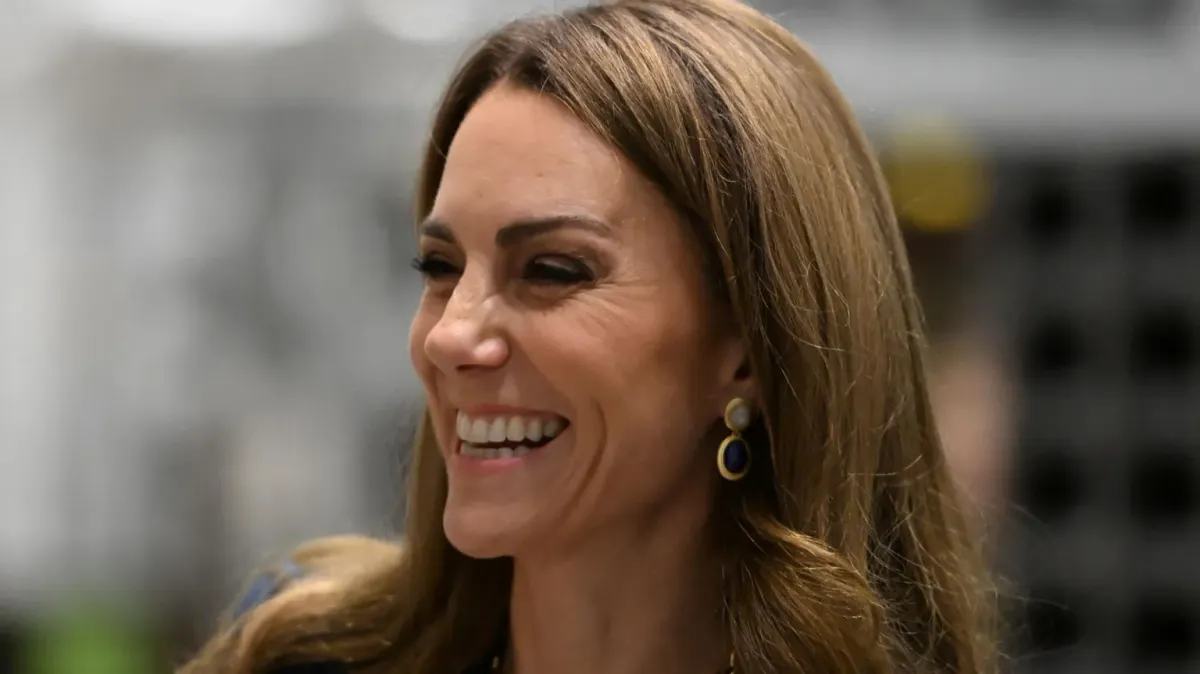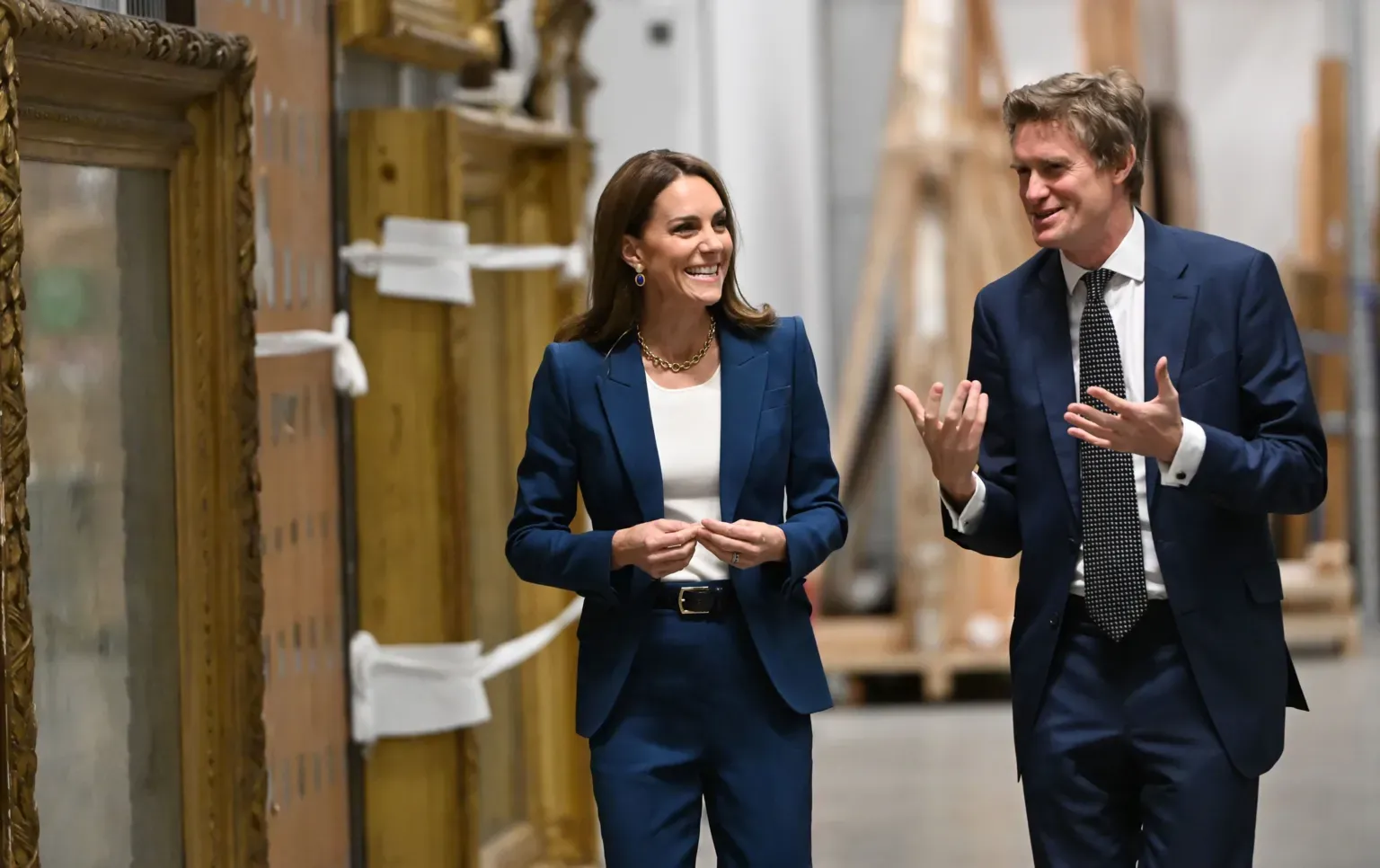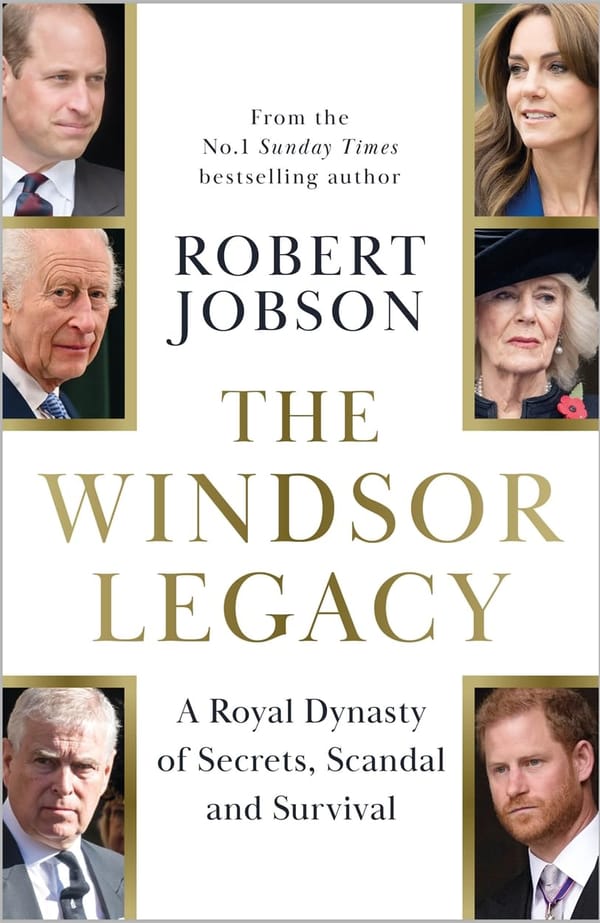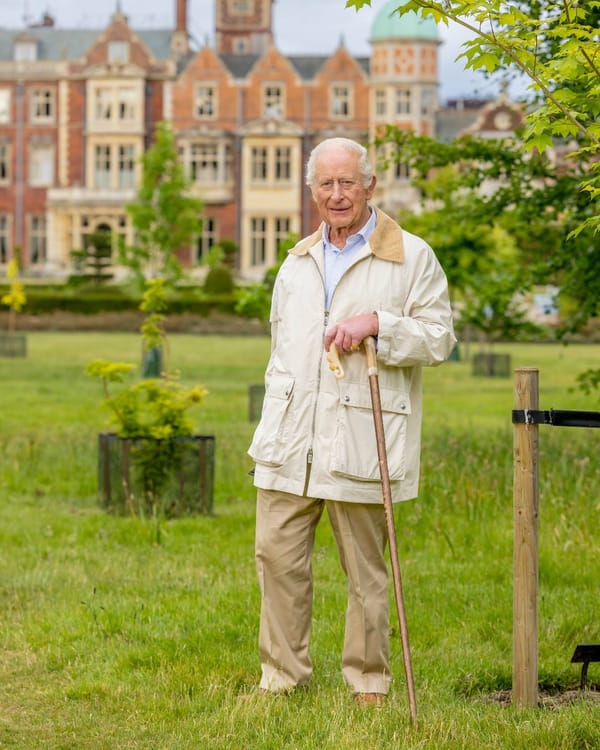Princess of Wales Explores Revolutionary Museum Experience at V&A's New East London Storehouse

The Princess of Wales recently toured the groundbreaking V&A East Storehouse in Stratford, experiencing firsthand what represents a complete reimagining of how museums share their collections with the public. During her visit to the Queen Elizabeth Olympic Park facility, Catherine witnessed the innovative approach that transforms traditional museum storage into an interactive cultural destination.
The Storehouse, which houses over half a million creative works spanning 5,000 years of human creativity, represents the V&A's bold solution to a common museum challenge: making vast collections accessible when only a fraction can typically be displayed. This 16,000-square-meter facility, designed by renowned architects Diller Scofidio + Renfro, occupies part of the former 2012 Olympics Media Centre and creates an entirely new type of museum experience.
"This is such an incredible way to showcase pieces that would normally remain hidden away," Catherine observed during her tour with V&A Director Tristram Hunt. "Having everything visible and accessible means people can discover treasures they might never have encountered in a traditional museum setting."

The Princess explored the facility's open storage concept, where artifacts are displayed as they're stored rather than in formal exhibition cases. She examined the conservation studios through glass viewing galleries, observing specialists working on delicate textiles including pieces by Victorian designer William Morris. Catherine particularly admired the botanical patterns in Morris's textile designs, noting how they maintain their contemporary appeal despite their Victorian origins.
The revolutionary "Order an Object" service particularly impressed the Princess, allowing visitors to request personal viewings of any item in the collection, whether currently on display or not. This service exemplifies the Storehouse's mission to democratize access to the nation's cultural heritage.
The facility showcases remarkable objects that would be impossible to display in the main South Kensington museum, including a massive Picasso-designed stage curtain from 1924 and Frank Lloyd Wright's complete Kaufmann Office interior – the only such installation outside the United States. Catherine also viewed sections of the Robin Hood Gardens housing estate facade, preserved as an example of 1970s social housing design.
The Storehouse specifically highlights East London's creative heritage through displays featuring work by local artists and makers, from 17th-century Hackney embroidery to 1980s protest posters from local activist groups. This connection to the surrounding community represents a key aspect of the facility's mission to serve as both a global cultural destination and a resource for local residents.
According to royal sources, Catherine's visit aimed to celebrate the democratizing power of creativity and highlight how institutions can innovate to serve broader communities. The Princess emphasized the importance of making cultural heritage accessible to people from all backgrounds, praising the Storehouse's free admission policy and its recruitment of local young people as staff members.
The visit comes as the V&A prepares to open its second East London venue, the V&A East Museum, scheduled to launch in spring 2026. Together, these facilities will establish East Bank as one of London's most significant new cultural districts, joining institutions like Sadler's Wells East and the London College of Fashion in transforming the post-Olympic landscape.
Catherine concluded her tour by meeting with conservation specialists and community outreach coordinators, learning about the facility's educational programs and its commitment to transparency in discussing how objects entered the museum's collection. The Princess praised the innovative approach as a model for how cultural institutions can evolve to serve 21st-century audiences while preserving the treasures of the past.




